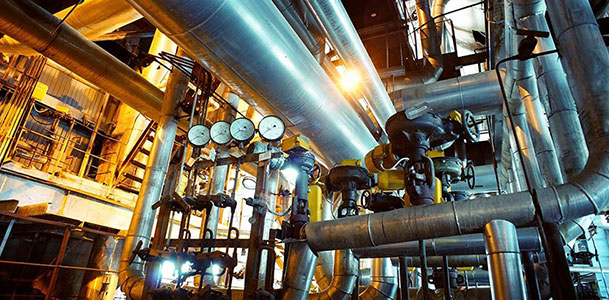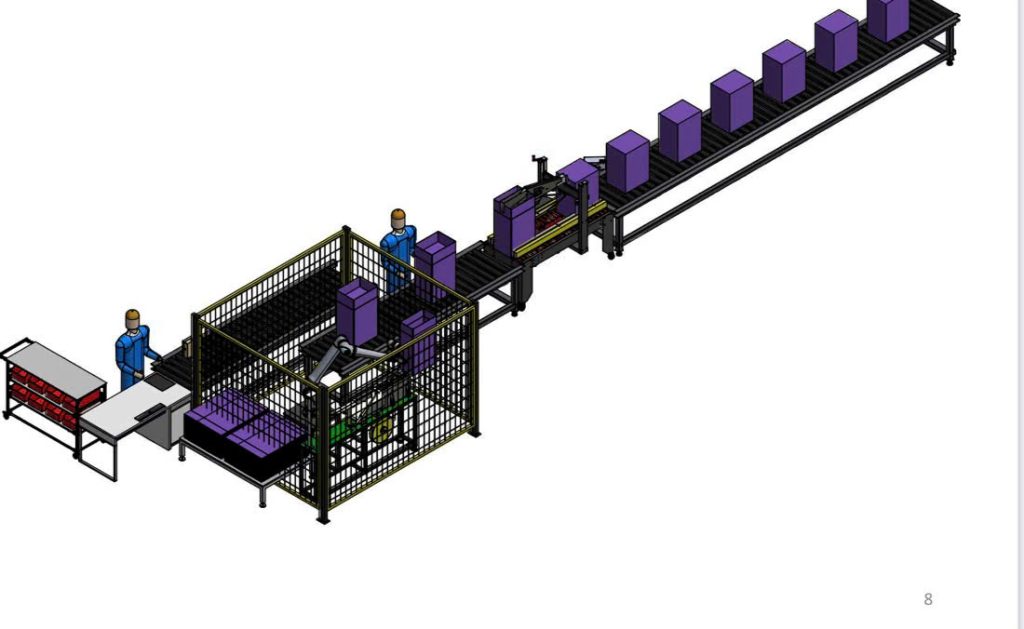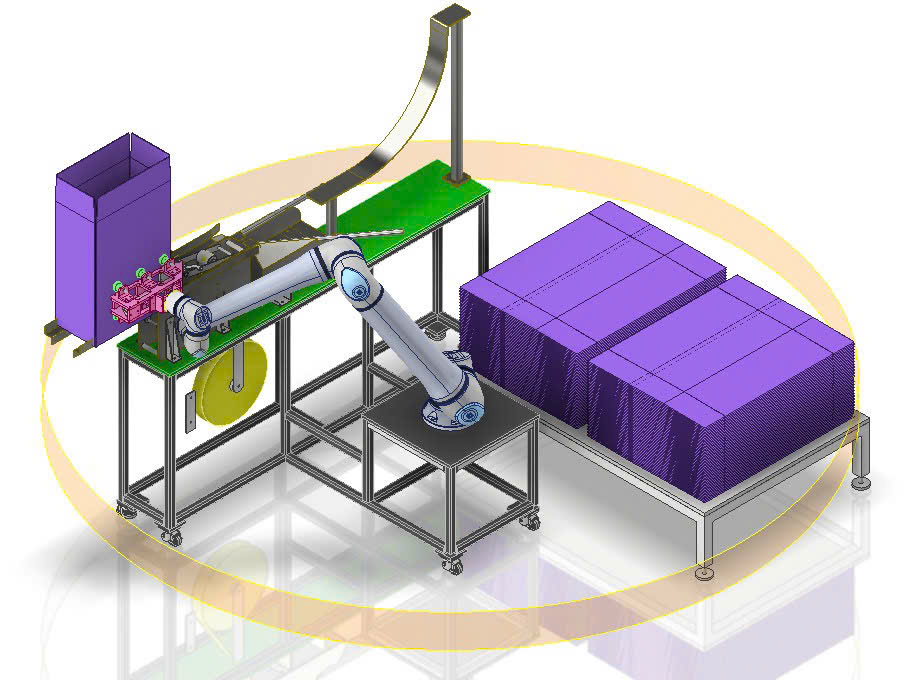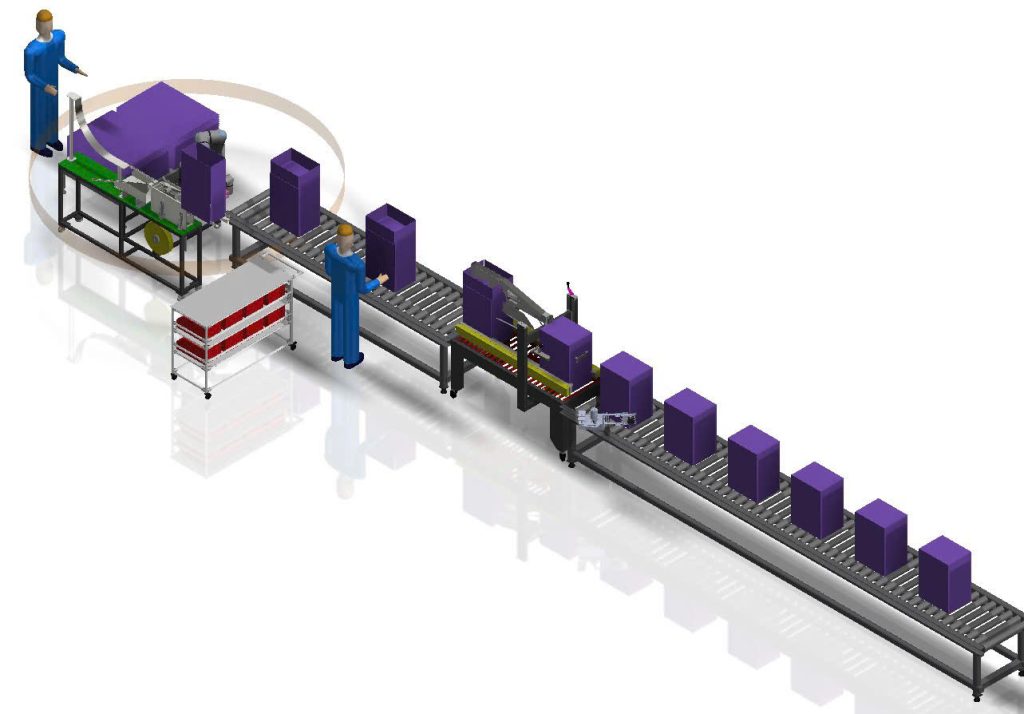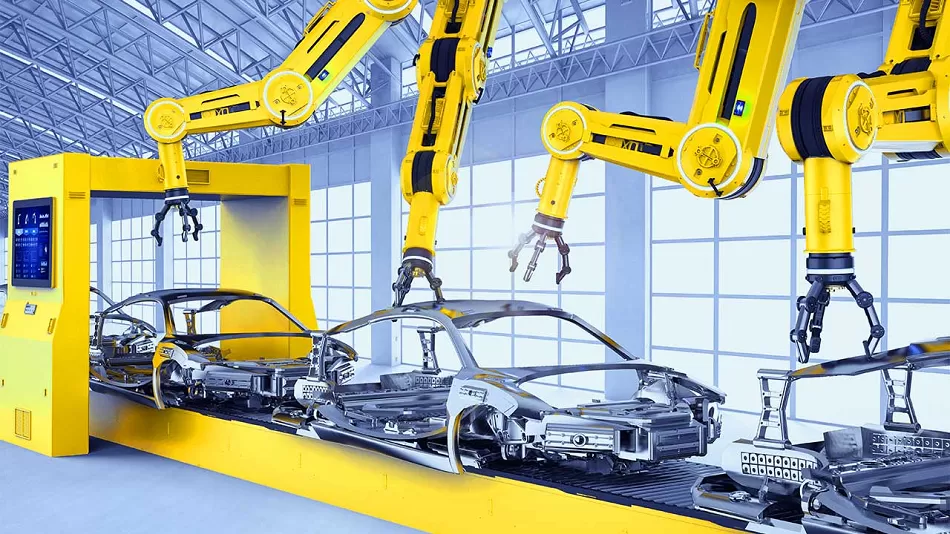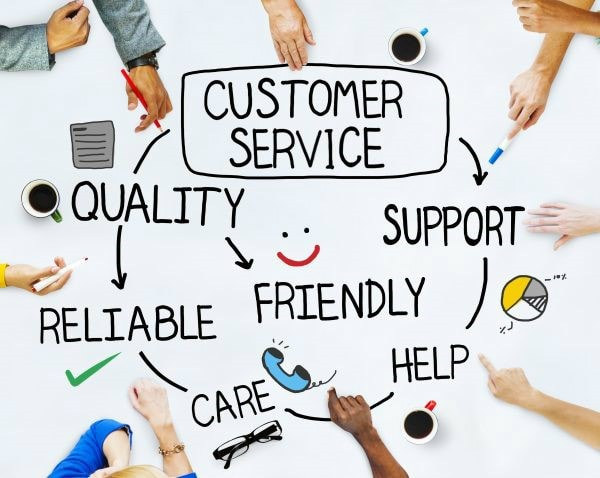Energy efficiency in electrical appliances is an important factor in reducing electricity costs and protecting the environment. Here are details about energy efficiency and how to optimize efficiency in household appliances.
1. Concept of Energy Efficiency
Energy efficiency is the ratio of useful output energy to total input energy. Formula for calculating energy efficiency:
In there:
- is energy efficiency
- is the useful output power
- is the total input power
2. Types of Energy Efficiency Labels
There are many types of energy efficiency labels on the market today to help consumers choose energy-saving products:
- Energy label confirms: Affixed to appliances that meet or exceed high energy efficiency standards.
- Comparative energy label: Divided into 5 levels from 1 star to 5 stars, showing the energy saving level of the device.
- Highest energy efficiency label: For the most energy efficient appliances on the market.
3. Benefits of High Efficiency Electrical Equipment
Using high-efficiency electrical equipment brings many benefits:
- Reduce monthly electricity costs.
- Protect the environment by reducing carbon emissions.
- Increase equipment life and performance.
4. Examples of High Efficiency Electrical Equipment
Some popular and high-performance electrical appliances:
| Device | Power (W) | Efficiency (%) |
| Fridge | 150 | 95 |
| Air conditioning | 2000 | 90 |
| Water heater | 1200 | 85 |
5. How to Increase Energy Efficiency of Electrical Equipment
To increase energy efficiency of electrical equipment, you can apply the following methods:
- Choose to buy equipment with a 5 star energy label.
- Regularly maintain and inspect equipment.
- Do not let the device operate at maximum power for too long.
Energy efficiency in electrical appliances not only saves money but also protects the environment, bringing long-term benefits to families and society.
How to Increase Energy Efficiency
Energy efficiency is an important factor in saving money and protecting the environment. Here are some effective ways to increase energy efficiency:
Use Energy Saving Devices
- Choose electrical appliances with energy-saving labels.
- Regularly inspect and maintain equipment to ensure efficient operation.
Optimize Lighting System
- Use LED lights instead of traditional incandescent lights.
- Install motion sensors so lights only come on when needed.
Air Conditioning Usage Management
- Adjust the temperature appropriately, avoid operating the air conditioner at too low or too high a level.
- Ensure good insulation to reduce heat loss.
Use Renewable Energy Sources
Adopt renewable energy sources such as solar and wind to reduce dependence on fossil fuels:
- Install solar panels on the roof.
- Use wind generators for areas with strong winds.
Applying Energy Saving Technology
- Use smart control technology for lighting and air conditioning systems.
- Integrate sensors and automation systems to optimize energy use.
Periodic Maintenance
- Regularly inspect and maintain equipment to ensure it operates at peak performance.
- Repair or replace damaged or inefficient equipment immediately.
Energy efficiency not only saves costs but also contributes to protecting the environment and natural resources.



